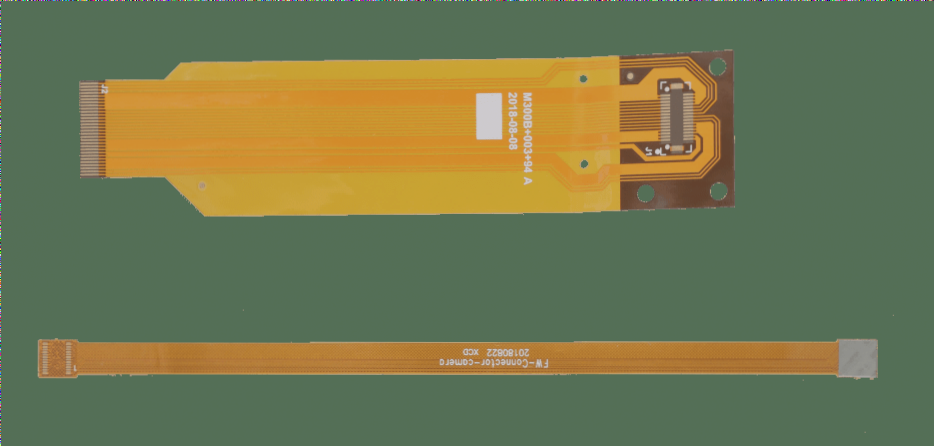Flexible Circuit Boards: The Ultimate Guide
Introduction to FPCs
Flexible circuit boards, also known as FPCs or flexible printed circuit boards, are commonly referred to as soft boards. They are renowned for their high wiring density, lightweight construction, and slim profiles, making them perfect for a wide range of applications such as mobile phones, laptops, PDAs, digital cameras, and LCMs.
Key Features of FPCs
- Flexibility: FPCs offer unparalleled flexibility in circuit design.
- Reliability: Constructed from polyimide or polyester film, FPCs ensure high reliability.
- Cost-Effectiveness: FPCs are not only reliable but also cost-effective.
Types of FPC Circuit Boards
In industrial production, FPC circuit boards are available in various structures and technologies to meet specific requirements. These include:
- Single-Sided Boards
- Double-Sided Boards
- Multi-Layer Boards
- Rigid-Flex Boards
- Specialized Craft Boards
Heat Dissipation Principles
When utilizing flexible circuit boards, it is crucial to adhere to the principles for heat dissipation to ensure optimal performance.
Latest Updates:
Recent advancements in FPC technology have led to the development of ultra-thin and ultra-lightweight flexible circuit boards, catering to the growing demand for compact and portable electronic devices.



